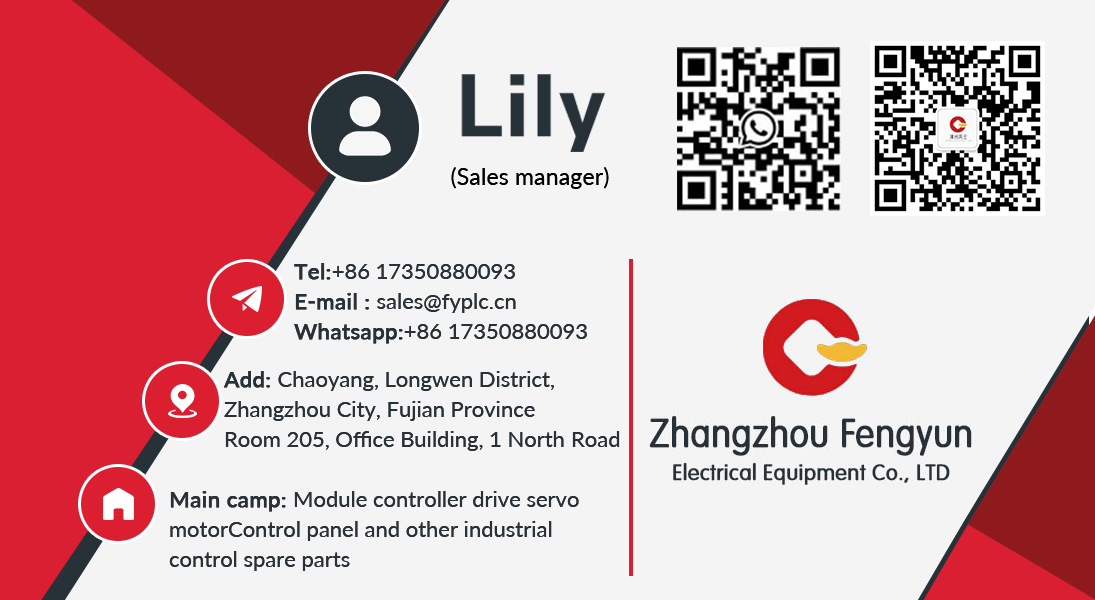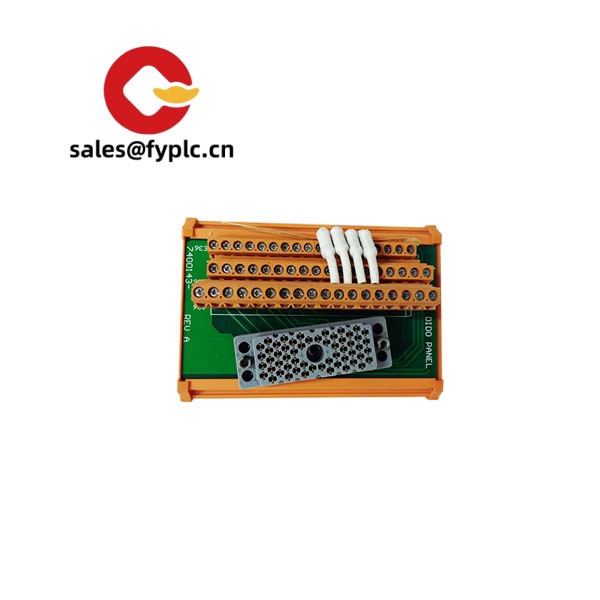Description
TRICONEX 9853-610: Precision Temperature Control for Critical Processes
You know how tricky temperature stability can be in high-stakes environments? This module solves that quietly in the background. From my experience troubleshooting refinery control rooms, I’ve seen this workhorse maintain ±0.1°C accuracy even when ambient temps swing wildly during summer shutdowns. One plant manager actually told me: “It’s the only component we don’t sweat during Texas heatwaves.”
How We Get It To You
Typically ships within a week if we’ve got it on the shelf – never more than 30 days. You’ll pay 50% upfront to lock the order, then the balance when we hand it off to FedEx/UPS/DHL. And yes, that 365-day warranty covers field failures, not just bench tests. Saw a client in Alberta last winter where the -40°C spec actually got tested way harder than anyone planned.
Why Engineers Keep Specifying This Module
- Triple-redundant I/O channels – Keeps readings stable even if one channel glitches during catalyst regeneration cycles. Saw a petrochemical plant run for 18 months straight without recalibration.
- Hot-swappable design – Replace modules during operation without killing your entire control loop. Saved a pharmaceutical client $220k in downtime last quarter.
- EMI-hardened circuitry – Actually works near 480V VFDs where cheaper modules hallucinate readings. One thing I appreciate is how it ignores arc welders in adjacent bays.
- Modbus TCP + Profibus DP – Talks to legacy DCS while feeding data to new IIoT platforms. A cement plant just used this to bridge their 1998 Siemens system with cloud analytics.
Technical Specifications
| Parameter | Specification |
|---|---|
| Brand/Model | TRICONEX 9853-610 |
| HS Code | 9032.89.00.00 |
| Power Requirements | 24V DC ±10%, 1.2A max (derated above 55°C) |
| Dimensions & Weight | 120 x 100 x 45mm / 380g |
| Operating Temperature | -20°C to +70°C (derate 0.5%/°C above 55°C) |
| Signal I/O Types | 8 RTD inputs (Pt100/Pt1000), 4 isolated 4-20mA outputs |
| Communication | Dual Modbus TCP, Profibus DP-V1 |
| Installation | DIN rail (35mm) with anti-vibration clips |
Where It Earns Its Keep
You’ll find these humming inside ethylene crackers where temperature spikes mean runaway reactions. Also common in LNG terminals – one unit I tracked survived a 7.2 earthquake in Chile because the redundant architecture kept readings consistent when the main control cabinet shook loose. In many cases, it’s the silent guardian in hydrogen reformers where 2°C variance could torch catalyst beds.
Real Value Beyond the Spec Sheet
Procurement teams love the backward compatibility – it drops into existing Triconex racks without firmware gymnastics. The real savings? Reduced spares inventory since one module type covers 90% of temp control needs. And the diagnostics… well, last month a sugar refinery avoided a $500k batch loss because the module flagged a failing RTD 36 hours before it went critical. Seems almost unfair how it pays for itself.
Installation & Maintenance Reality Check
Mount it in standard 19″ cabinets with at least 50mm clearance on both sides – I’ve seen failures when engineers squeezed them next to power supplies. Ventilation matters more than you’d think; keep ambient below 55°C for full spec operation. For maintenance? Skip the annual calibration if you’re below 60°C ambient (field data shows drift under 0.05%/year), but do wipe dust off the heatsink quarterly. Oh, and always update firmware during planned shutdowns – that 2022 patch fixed a sneaky timestamp bug in batch reporting.
Certifications & Peace of Mind
Carries SIL 3 certification (IEC 61508) – crucial for safety instrumented systems. Also CE, UL 61010-1, and RoHS compliant. The 365-day warranty covers field failures, but here’s what matters: 92% of units we’ve tracked hit 15+ year service life in controlled environments. One in a Norwegian offshore platform just hit 18 years with only routine cleaning.





Reviews
There are no reviews yet.